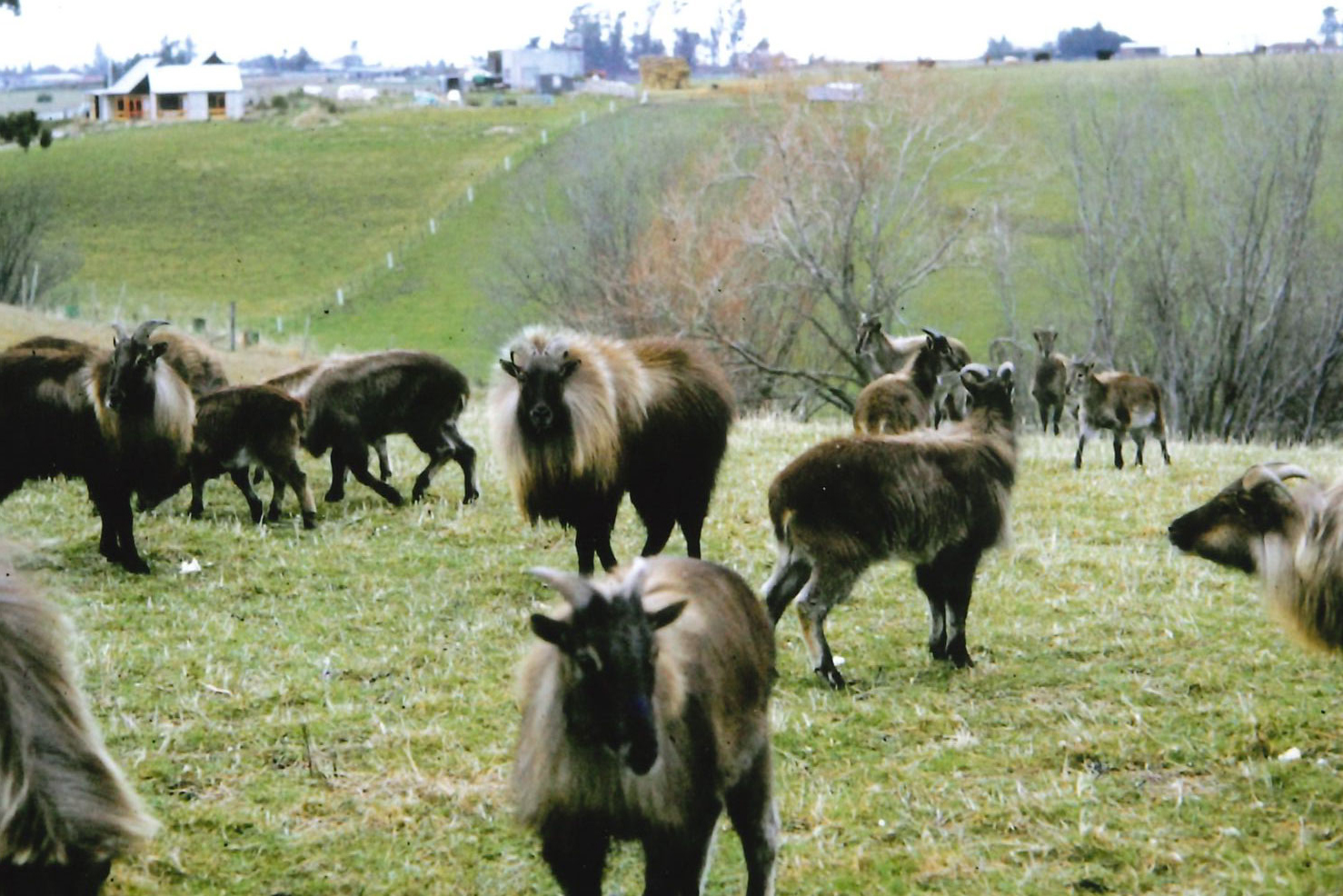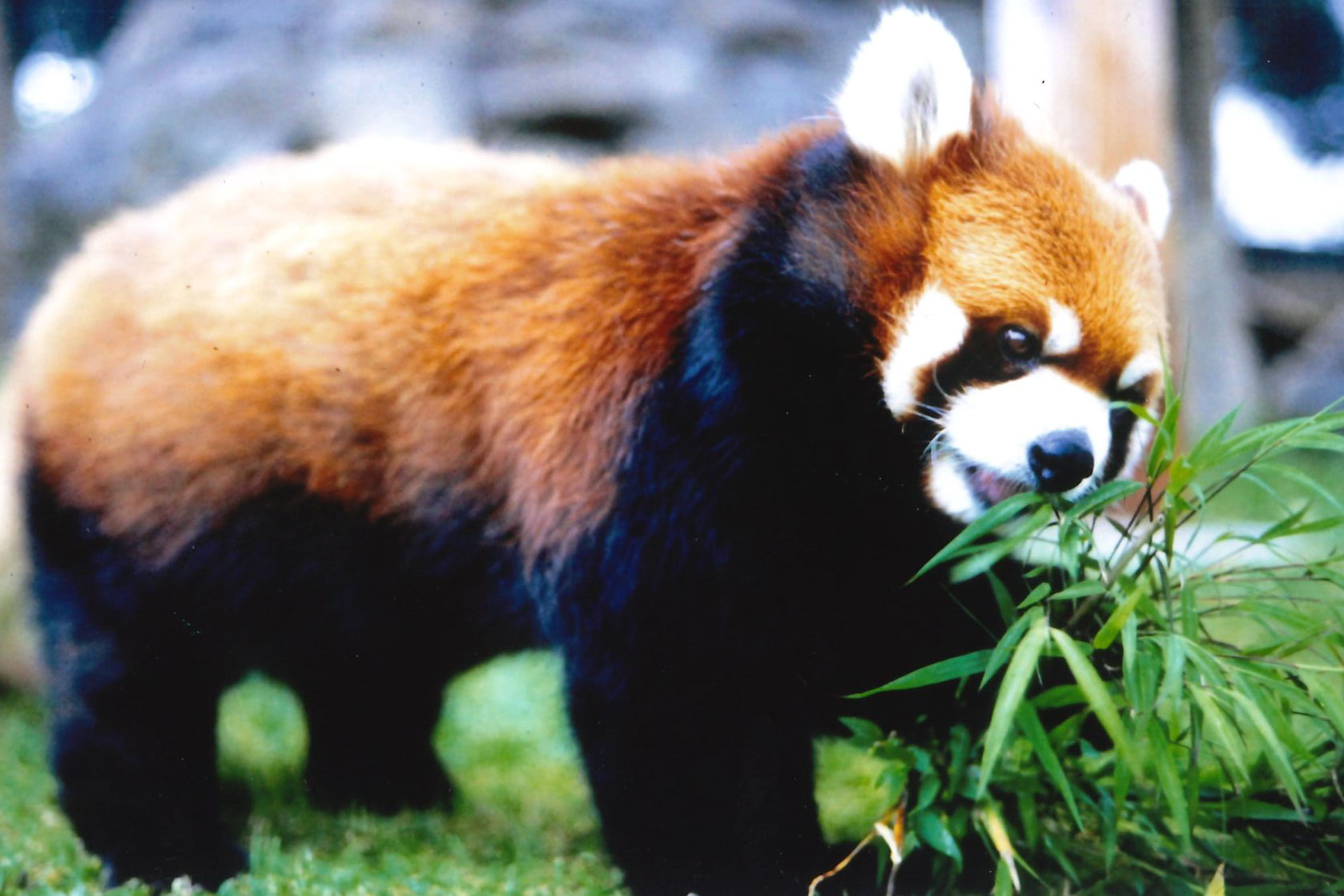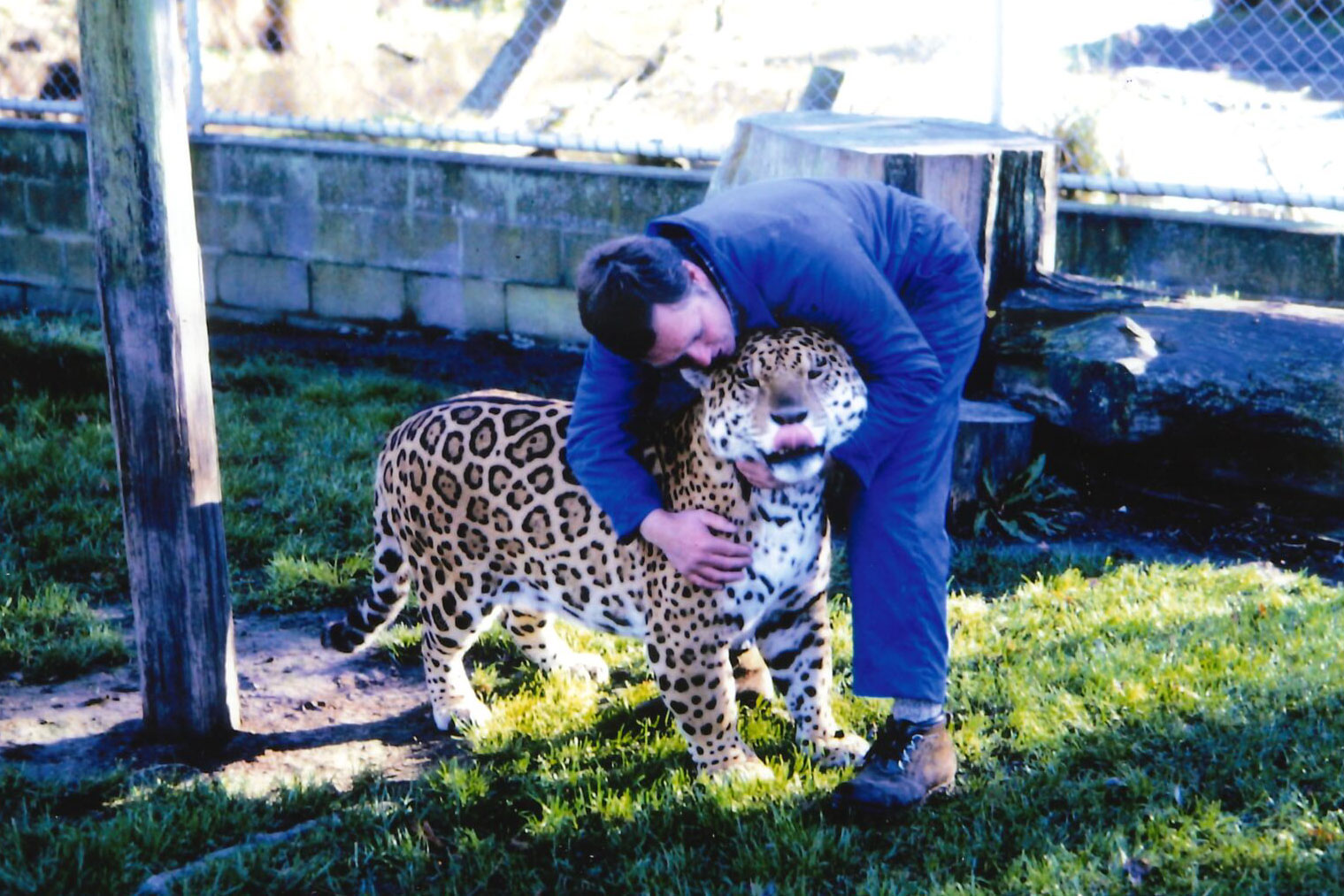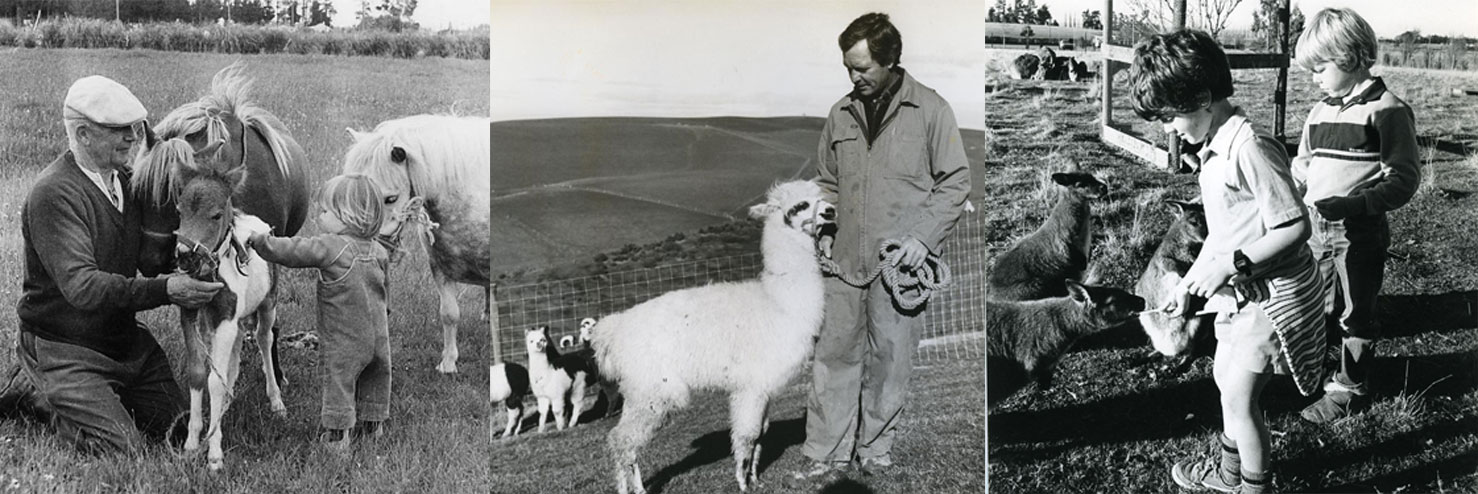Hadlow Game Park 1972 - 1986
Hadlow Game Park holds a special place in the memories of kids from the 70s and 80s. It was Timaru’s zoo. It was our first exposure to animals we’d only seen in books or on TV. To be able to interact with exotic animals in full blazing technicolor blew our minds.
Venture Timaru had the opportunity to sit down and reminisce with the man behind the legendary park, Bryan Bassett-Smith. We quickly realised the park was there for more than just our entertainment. Bryan played an important role in rehabilitating some of these animals, and started breeding programs that ultimately helped with conservation.

Himalayan tahr. Photo Bryan Bassett-Smith collection
How it all began.
It began when Bryan created a haven for animals he had been live capturing. He saw a commercial angle for export, so started breeding animals such as Himalayan tahr and wallaby. This soon caught the attention of the public, which was the genesis of Hadlow Game Park. The park proved really popular with locals, it had more visitors through the gates per capita than even Auckland Zoo!
Then came the animals.
The first exotic species he introduced were bison and bonnet monkeys, which came down from Auckland and Wellington Zoos. The bison were being lined up as lion food, so Bryan intervened and brought them to Timaru where they went on to breed.
Then came the emu. Hadlow was the first park to breed emu in New Zealand in more than forty years. The first two Hadlow emu fell in love, Bryan told us, and produced heaps of chicks. Interestingly, at one point there was a group of wild emu out the back of Albury, and children were paid to find their nests and dispose of the eggs.

Red Panda. Photo Bryan Bassett-Smith collection
The red panda arrived direct from China. Bryan had spent time there in giant panda reserves, teaching the Chinese how to use Colin Murdoch’s Timaru-invented tranquiliser gun. They presented the Chinese Government with a pair of Kea, who then reciprocated with two red panda. These were the first red panda in Australasia, there is now an Australasian breeding program to help save this endangered species. It all started right here in Timaru.
Then along came the mighty jaguar. Bryan took in two jaguar cubs that were rejected from Auckland Zoo. One of the cubs arrived with a broken leg, which local vet Dave Walker said would mend in eight weeks. He was right, in exactly eight weeks it was good as gold. This cub, Inca, went on to become Bryan’s favourite of all the animals, and they formed a tight bond. Jaguars are notoriously difficult to trust, but Inca “was just lovable”. The rejected jaguar pair went on to breed and had three cubs.

Bryan and Inca. Photo Bryan Bassett-Smith collection
Dave and Priscilla Walker became a vital part of the park with their care, attention and advice. It was a great time to be working with animals Bryan recalls, there was a wonderful sharing of knowledge. Bryan was even asked to speak at a national Veterinary Association conference about deer. At that time Bryan and his pioneering team of live deer trappers knew more about deer from working with them, than even the vets did.
The bonnet monkeys were sent off to another zoo, and a larger enclosure was built to get ready for the spider monkeys. The spider monkeys were cute, very social and loved interacting with visitors. They became a crowd favourite.
Favourite memories.
We asked Bryan if he had a favourite memory from his time at Hadlow. He recalled taking a group of nuns around the park one evening. Sensing what was about to happen, he asked the nuns to sit down and watch. A hind came into view, lay down in front of the group, gave birth and gave her newborn its first drink. A magic moment. There were a few tears according to Bryan. And not from the newborn.
He also recalled how they figured out that emu could swim. A large family group were cooking a barbeque lunch. The emu watched hungrily from across the lake before it got too much for them. They leapt in the water en masse and swam across to help themselves. Sausages went flying in all directions.
Bryan loved being able to share stories about the animals with visiting families and schools, and seeing the absolute wonder in their faces.

Photos South Canterbury Museum collection
Park closure.
Despite its popularity, Bryan and his wife Jocelyn worried about the fate of the animals, when they were no longer around. They looked at a few succession options, one being offering the park for relocation to the city of Timaru. Unfortunately the 1980s were very uncertain politically and financially, interest rates were very high, it was a case of the right venture but at the wrong time. With “enormous sadness” the Basset-Smiths decided rehoming their menagerie, and closing the park was the only option.
Hadlow Game Park lives on in the memories of anyone who had the opportunity to visit and interact with these animals and the Basset-Smiths. It’s a credit to their hard work and passion for animals, that such a tourist venture ever eventuated in Timaru. Thanks Hadlow Game Park team for the memories, and for the work you did protecting and conserving these amazing animals.